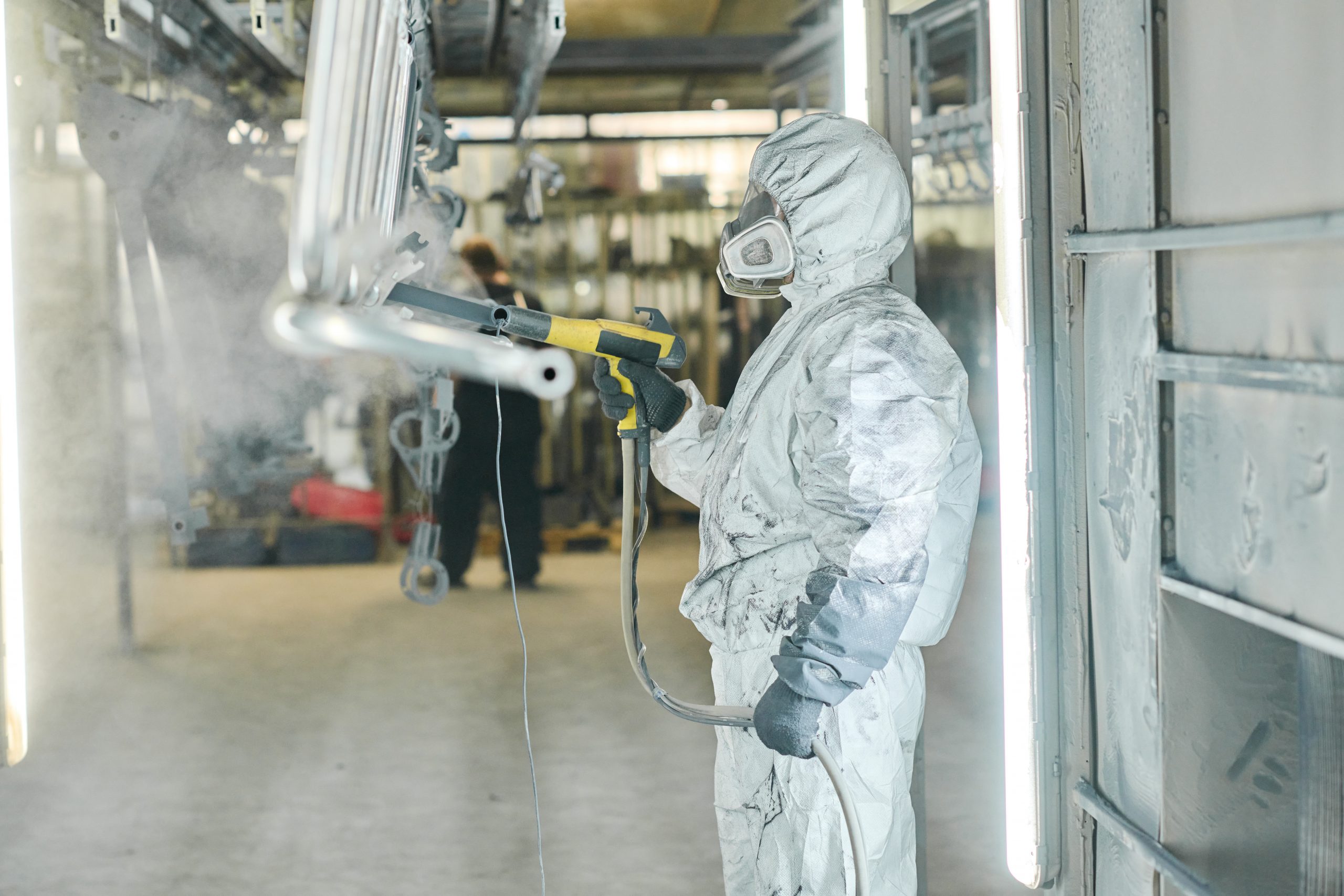Producing the best result on a powder coating project takes adhering to a set process. This blog will discuss the steps needed to ensure your powder coating project turns out as expected.
Communication
The powder coating supplier needs to get all the details correct about your project to deliver a positive outcome. These should include the following:
- A firm cost and warranty
- Color and gloss selection
- Mil thickness or salt-spray rating of the finish
- Exterior or interior use
- Heat resistance rating
Preparation
Poor preparation is the number one cause of reworks in the powder coating industry. The steps to produce a quality result include:
- Clean oil, rust, laser scale, mil scale, weld splatter, and weld flux from the part
- Etch or blast the metal to ensure the powder coating adheres properly
- Add an extra rust-preventative treatment if exterior durability is a factor
Grounding
Grounding is critical to a safe and successful powder coating application. A good ground means a uniform, high-quality finish while protecting the painter. For best results, proper grounding includes:
- Using clean hooks and racks
- Regularly grinding or blasting the tops of your racks to ensure good metal-to-metal contact
- Burying an 8-foot electrical grounding rod in or near the booth connected to a 14 gauge or heavier cable attached to your racks
- Grinding or blasting a spot where the cable clamp will attach to your racks
Consistency
Successful application of the powder coating hinges on the operation remaining consistent in different areas. This uniformity includes the following:
- Applying with a professional quality gun
- Consistent powder gun air pressure
- Installation of a secondary regulator and an oil/water filter
- The correct setting for the powder applied to the part
- Spray in a cross-coat pattern in two to four passes
- Using a refrigerated line dryer in hot or humid conditions
Curing
Once the powder coating is applied, the next step is curing the part. Correct curing includes:
- Inspection to find defects and that the part has a surface like worn felt before baking
- Review the powder supplier datasheet to confirm the curing schedule
- Add in the time it takes for your parts to reach curing temperature
- Perform a solvent rub test on a sample part to ensure proper curing
Inspection
While solvent rub tests are great for checking that parts are cured, you need to have a quality control procedure that includes the following:
- Measuring your powder for the correct thickness
- Performing a crosshatch adhesion test
- Checking for defects such as trash, blisters, fibers, gloss variations, grind marks, fisheyes, or pinholes
- Maintaining a record of defects and discussing how to eliminate these issues with your powder supplier
